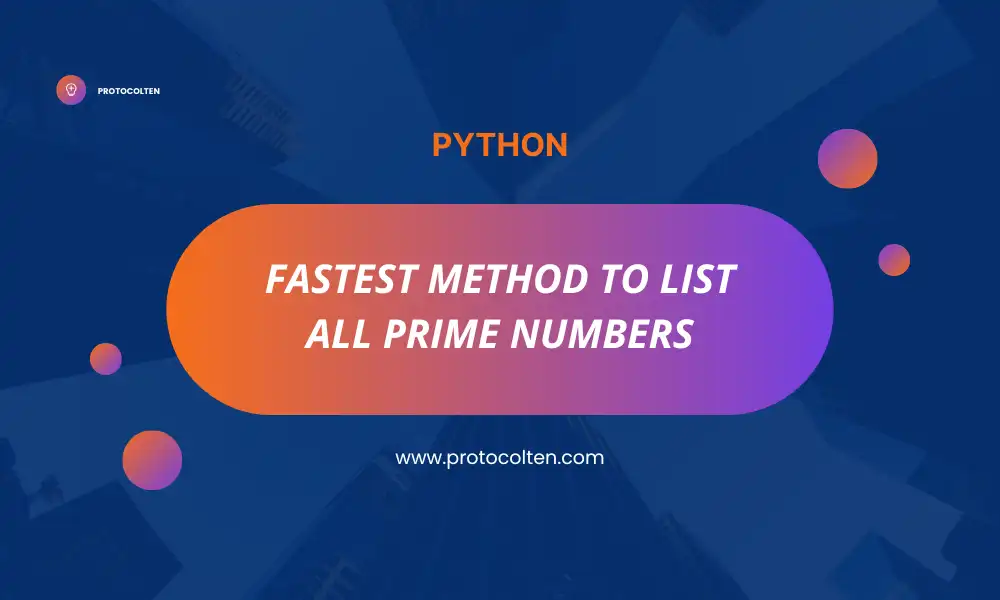
While writing code, most developers prefer to code less. And up to some point, this idea of coding less if we get the same results, is actually right. But there is another factor to look into, which is how fast your code can run and provide the desired output? And if we keep this point in mind, the idea of code less does not seem always perfect because the goal here is to provide output faster, even if it involves more code.
Below is the code to get a list of all prime numbers up to the user input limit. Below are two methods to solve this problem. Both methods provide the same results. The first method involves less code and the second method involves more code as compared to the first method. But the second method is much more efficient and faster as compared to the first method.
First method:
usr_input = int(input("Enter a number: "))
prime_numbers = []
for i in range(2, usr_input+1):
for j in range(2, int(i**0.5)+1):
if i % j == 0:
break
else:
prime_numbers.append(i)
print(prime_numbers)
Second method:
upto = int(input("Enter the limit: "))
prime_no = []
#setting each element from 'upto' list to True
is_prime = [True] * (upto+1)
#setting each number divisble by 2 to False
for i in range(4, upto+1, 2):
is_prime[i] = False
#setting each number divisble by 3 to False
for i in range(3, int(upto**0.5)+1, 2):
if is_prime[i]:
for j in range(i*i, upto+1, i):
is_prime[j] = False
#assiging rest of the numbers to 'prime_no' list
for i in range(2, upto+1):
if is_prime[i]:
prime_no.append(i)
print(f"Prime numbers up to {upto} are: {prime_no}")
Both methods provide the same result. It asks user to input number and then print the list of all prime number up to user input number. But if the user input number is more than 100000 (or any bigger value), then the second method will provide result so much faster than the first method. The reason behind this is the use of loops in first method and boolean values in second method.





